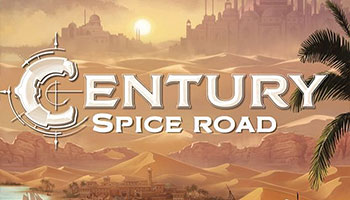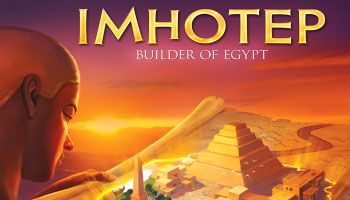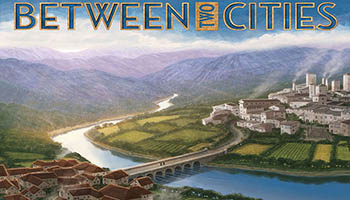
In Quadropolis you enact the role of the Mayor of a modern city. You will need to defi ne a global strategy to build your city according to your Inhabitants' needs and outmatch your opponents, sending your Architects to have various Buildings erected in your city. Each Building allows you to score victory points.
There are various types of Buildings with diff erent scoring patterns; many of them may be combined for better eff ect. Will you be able to meet the challenge and become the most prestigious Mayor in history? …































